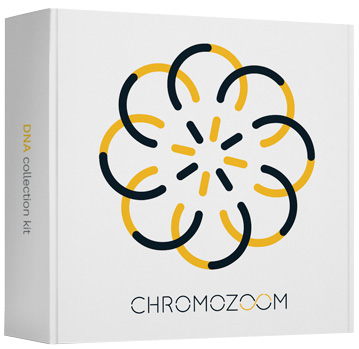Begins of cellulite
Cellulitis is a skin disease, which is manifested by a surface change of the skin structure, commonly referred to as "orange skin". Depending on the severity of the change in appearance, cellulitis can be divided into three types. The first type is soft cellulite, which gives the skin an undulating appearance and, as its name implies, it is soft to the touch. Soft cellulite is mostly present in areas where there is a build-up of fat, such as upper arms and legs, and is often accompanied by varicose veins or spider veins. Another type is hard cellulite also known as solid cellulite, this type is more common in younger women, and is mostly found around the hips and upper thighs. It is usually one of the first outward signs of cellulite. This is the least common type of cellulite is edematous cellulite which is the most difficult to treat. It results from problems of poor circulation aggravated by significant fluid retention. It mainly occurs in the legs, which lose their defining shape and become more columnar.The identification process is particularly important, as the appropriate treatment depends on the type of cellulite and the stage of its development. Cellulite affects approximately 85-98% of post-pubertal women on different parts of the body with a higher content of subcutaneous adipose tissue.
Various factors, such as the structure of the subcutaneous connective tissue, lifestyle, or pregnancy, are involved in the development of this cosmetic defect. Genetic predisposition also plays a major role, which may promote the development of cellulitis or decrease the risk.
Connective Tissue
The connective tissue provides support to soft parts of the body. The connective tissue consists of the cells and the extracellular matrix in which these cells are embedded. The fibrous component of the tissue is composed of collagen and elastin fibers.
Structure of Subcutaneous Tissue in Women
Cellulite or gynoid lipodystrophy is caused by a metabolic disorder of the subcutaneous tissue. Although the pathophysiology of cellulite has not yet been fully explored, certain etiological factors involved in the development thereof are known. One of the main reasons for the development thereof is a different structure of subcutaneous tissue in women compared to men. Women have a greater number of adipose (fat) cells, which are located in chambers separated by parallel, so-called septa. Due to the vertical alignment of the connective tissue, fat cells can more readily be extruded from the subcutaneous tissue to create an "orange skin" appearance.
In men, where the number of adipose cells is smaller, the septa are oriented at an angle of 45 ° and cross over one another, thus, despite gaining weight, the fat cells are evenly distributed, and the normal appearance of the skin is maintained.
Glycosaminoglycans (GAGs)
GAGs form a large part of the extracellular matrix in the connective tissue. Glycosaminoglycans are part of cartilage, ligaments, and tendons.
Therapeutic approaches in cellulite
There are a number of approaches and therapies to treat and improve the appearance of the skin affected by cellulitis. In addition to the application of anti-cellulite cream directly on the affected sites described in the general recommendation, a large number of methods are available, including lymphatic massage devices, shockwave or ultrasonic therapy, manual anti-cellulite massages, laser treatments, liposuction, and others. Another possibility is also supporting the healthy appearance of the skin by the use of food supplements containing substances that help in reducing cellulitis (caffeine, vitamin B12, ginkgo biloba, seaweed, etc.)
